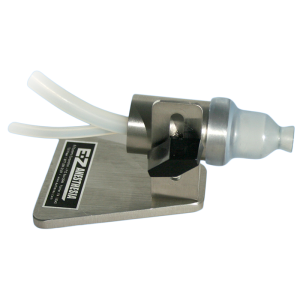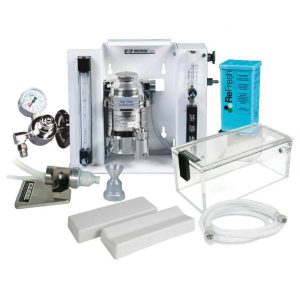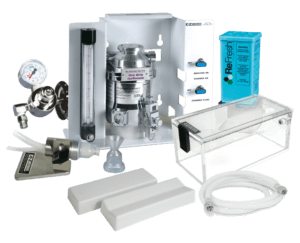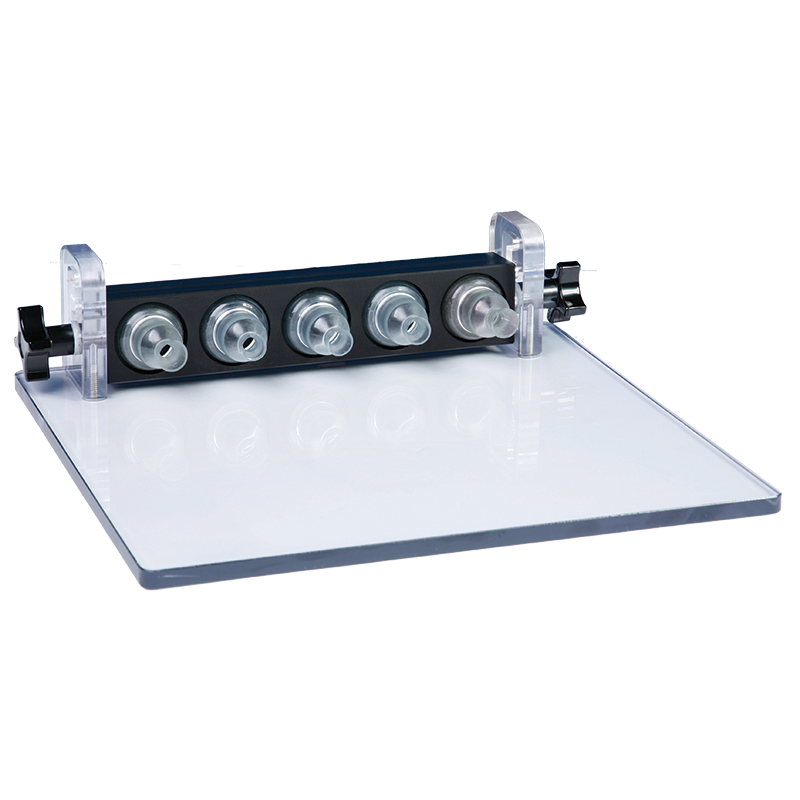Imaging Breather Blocks
The Imaging Breather Blocks can be integrated into a wide range of imaging systems and are designed for use with animals weighing up to 500 grams. The breathers are low profile with a complete plastic construction that utilizes threaded mounting holes. The tight fitting nosecones eliminate gas leakages and protect staff from gas exposure.
Imaging Breather Blocks
- Designed for use with MRI, X-ray and other imaging equipment
- Multi-Animal Breathers from 1 mouse/rat until 5 mice or 3 rats
- All ports operate in a level plane of anaesthesia
- Single gas line supplies multiple outputs
- Exhaust line runs to a charcoal filter for safe gas evacuation
- Breather includes mouse nosecones & rat nosecones
- Efficiently delivers anaesthetic gas to the animal during procedure
- Animals can be safely anaesthetized for up to 12 hours
- Incorporates a patented valve that mitigates the gas flow to the nosecone
- Custom imaging breathers can be designed to suit your exact requirements, please contact us for more details
Related Products
Microflex Breather

The Microflex Breather delivers gas to the animal for up to 12 hours in a level plane of anaesthesia. The Microflex Breather incorporate a patented valve that regulates the flow of gas to the nosecone, making it efficient, cost effective and user friendly. The valve directs the anaesthetic gas directly to the nose of the animal, minimizing dead volumes. A delivery tube supplies anaesthesia gas to the animals and an exhaust tube directs the flow of un used gas to a charcoal filter.
EZ-7000 Classic System

The EZ-7000 Classic Anaesthesia System accommodates animals ranging in size from neonate mice to rabbits and is designed for anaesthetising up to four animals at a time. It enables anaesthesia output to be directed to both the induction chamber and up to 4 breathing circuits. A second flow meter is used for adjusting the flow into the induction chamber.
EZ-SA800 Single Animal System

The EZ-SA800 Single Animal System accommodates animals ranging in size from neonate mice to rabbits and is designed for anaesthetising one animal at a time. It has 2 valves that enable anaesthesia output to be directed to the induction chamber and/or the breathing circuit.

